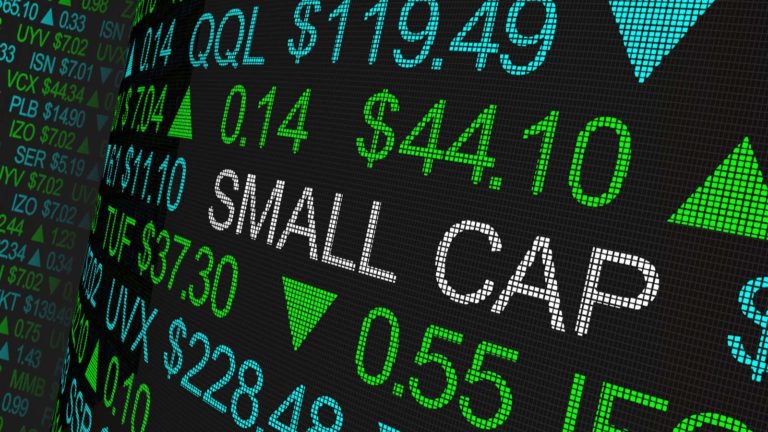Small-Cap Stocks Rally: Russell 2000 Hits New Heights Amid Market Optimism

The Russell 2000, the primary benchmark for small-cap stocks, soared to its highest level in three years, marking a significant turnaround for the index that is often overlooked compared to its large-cap counterparts. As of Monday, the Russell 2000 climbed 1.6%, hitting 2,466.48 intraday—a level not seen since November 2021.
Investors are rallying behind small caps due to improving economic conditions, falling interest rates, and optimism around pro-growth policies. The index is now up nearly 19% year-to-date, a notable recovery after years of struggles fueled by higher borrowing costs and recession fears.
Market Catalysts Behind the Rally
Broader Market Participation: The rally is part of a broader market trend where investors are diversifying beyond the "Magnificent Seven" tech giants that dominated earlier gains. As valuations for large-cap stocks remain high, attention has shifted toward smaller, domestically focused companies.
Favorable Economic Signals: Declining inflation and easing financing conditions are creating fertile ground for small caps, which are often more debt-dependent. Lower interest rates not only reduce borrowing costs but also increase the attractiveness of growth-oriented investments.
Political Stability: President-elect Donald Trump’s nomination of Scott Bessent as Treasury Secretary has boosted market confidence. Seen as a pragmatic and market-friendly choice, Bessent’s appointment eased fears of disruptive policies, such as sweeping tariffs, and instead emphasized pro-business measures like tax cuts and deregulation.
Small Caps as Interest Rate Winners
Small caps are uniquely positioned to benefit from falling interest rates. Small caps often rely more heavily on short-term borrowing to fund growth initiatives, making lower rates a game-changer. Additionally, with inflation trending downward, input costs for these businesses are expected to stabilize, further enhancing their profit margins.
Economists warn that small caps' higher leverage makes them vulnerable if inflation resurges or if rates rise unexpectedly. “Small caps need growth, but they can’t really handle much higher rates due to their debt exposure,” said Sebastien Page, head of global multi-asset at T. Rowe Price.
November: A Strong Month for Small Caps
November has been the Russell 2000’s best-performing month this year, with a 10% gain, outpacing other major indexes like the S&P 500 and Nasdaq Composite in recent weeks. This resurgence has brought the index closer to its all-time high of 2,458 set in November 2021. Market analysts attribute the rally to the narrowing valuation gap between small and large caps. While the S&P 500’s price-to-earnings ratio remains above 30, Russell 2000 companies are trading at much more attractive levels, drawing bargain hunters.
Looking Ahead
As the Russell 2000 approaches record territory, investors are cautiously optimistic about its outlook for 2025. Key drivers like declining rates and inflation control will need to continue to maintain the momentum. Reports such as Tuesday’s Consumer Confidence Index and Wednesday’s Personal Consumption Expenditures (PCE) data could provide more insight.
Experts remain divided on the rally’s sustainability, but as Laura Cooper of Nuveen puts it, “A rotation into smaller companies signals renewed investor confidence in broader economic growth.” If the current trajectory holds, small caps could not only finish the year strong but also set the stage for continued gains in the year ahead.



